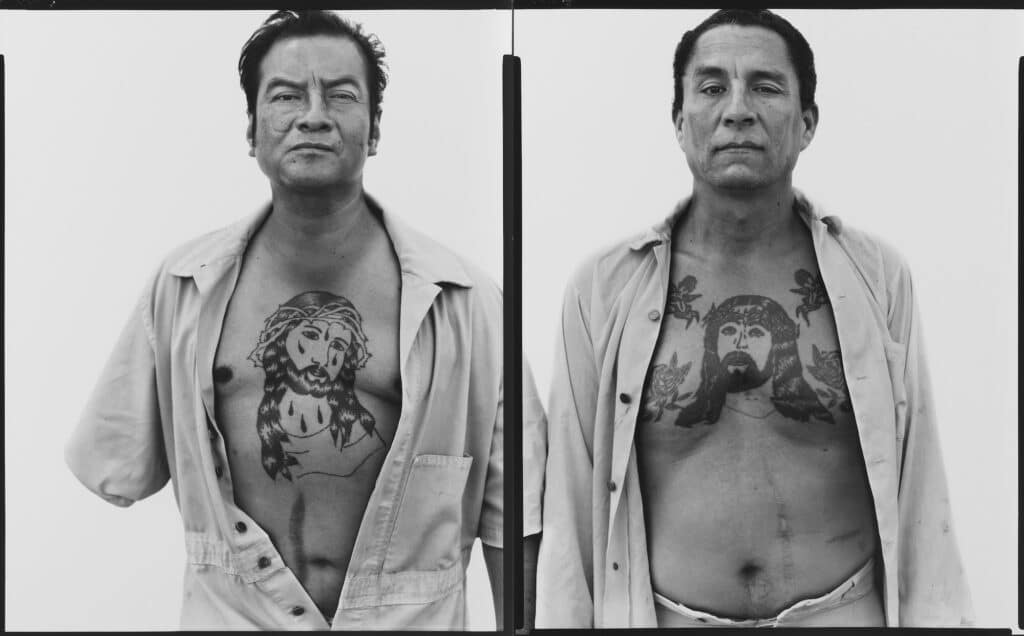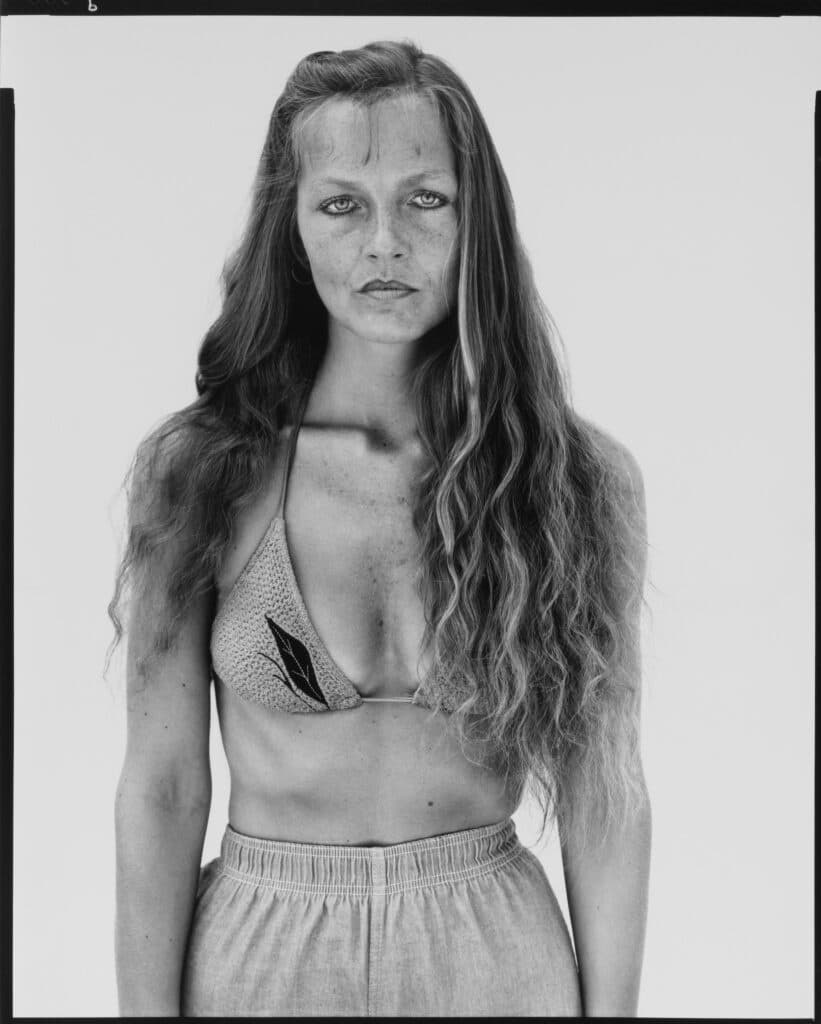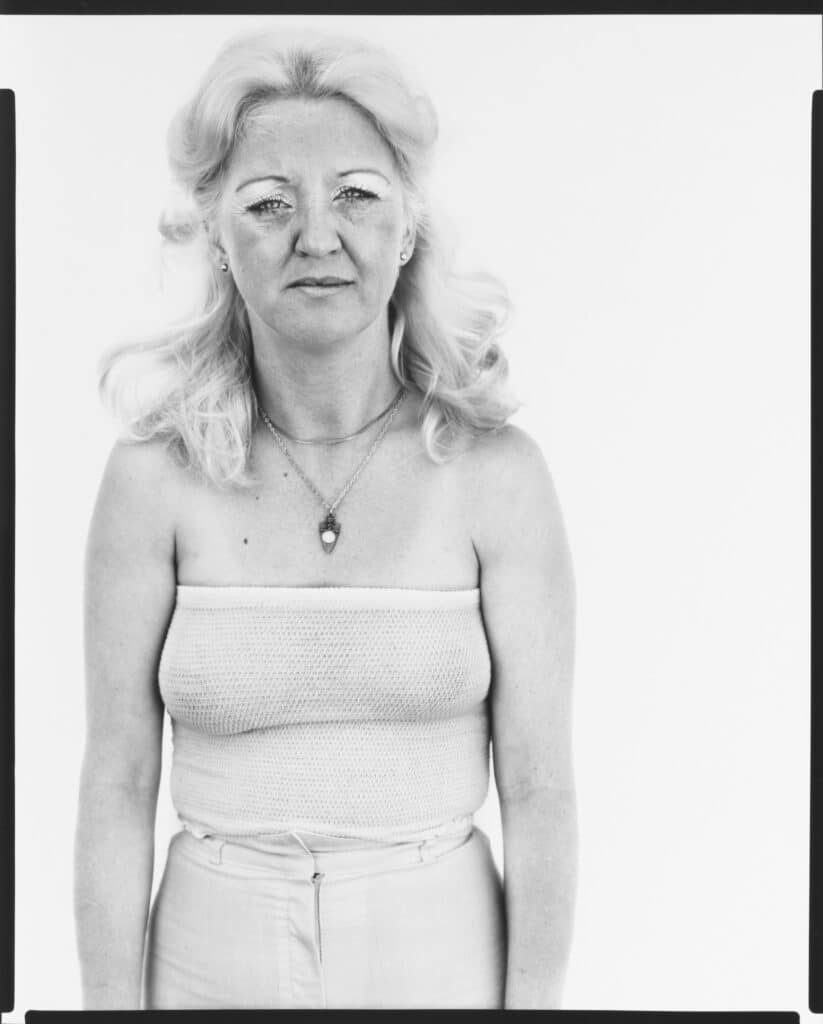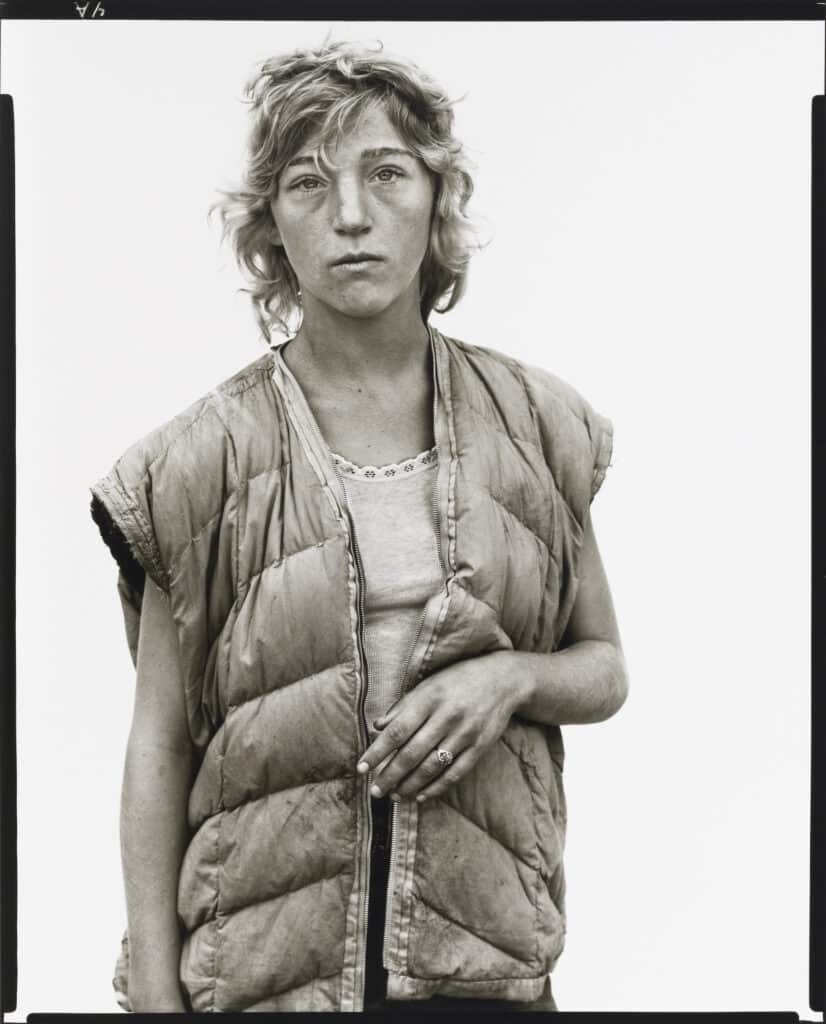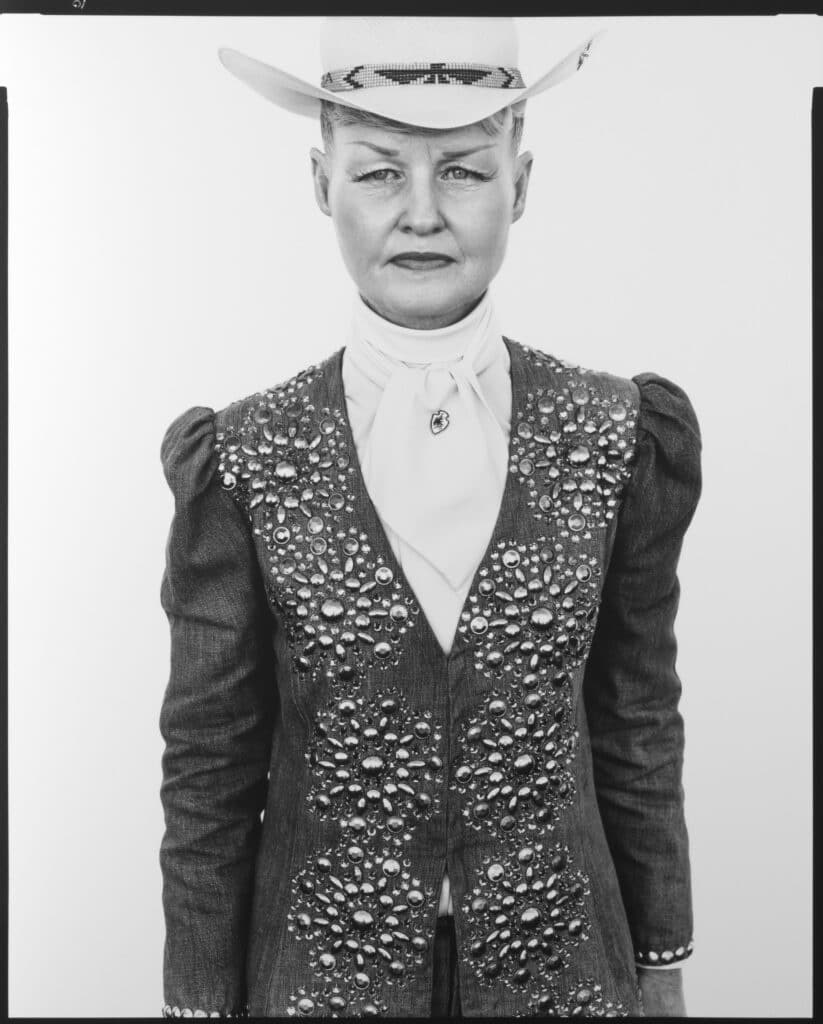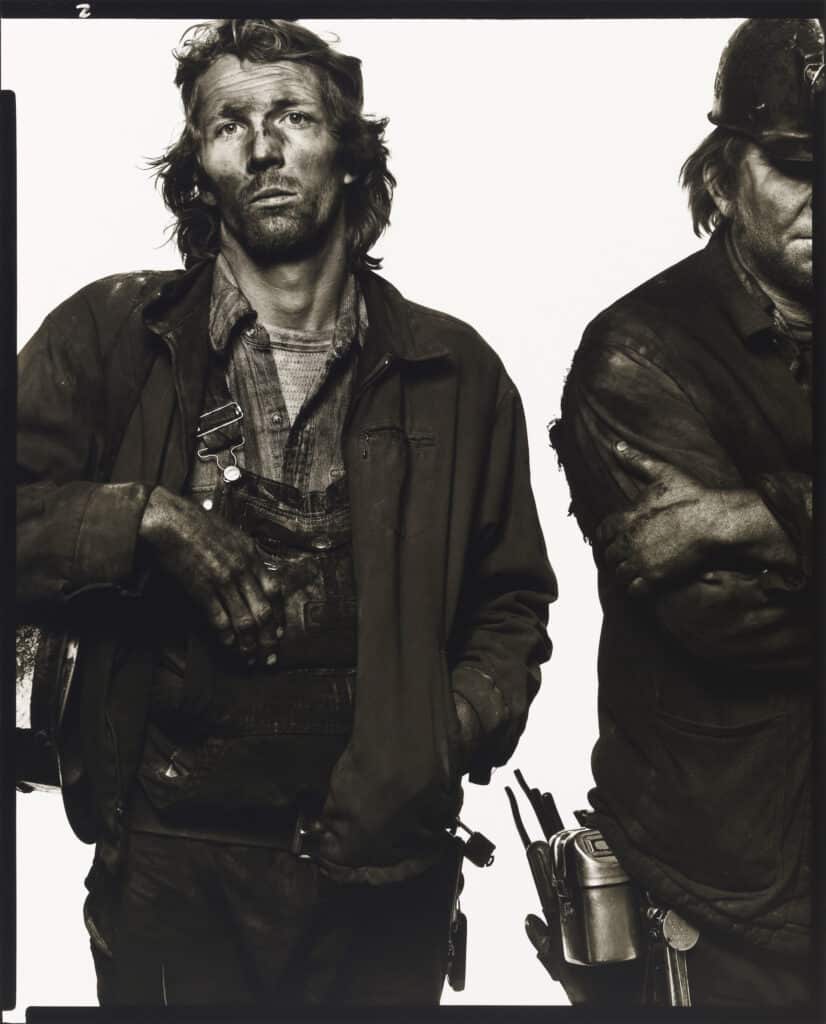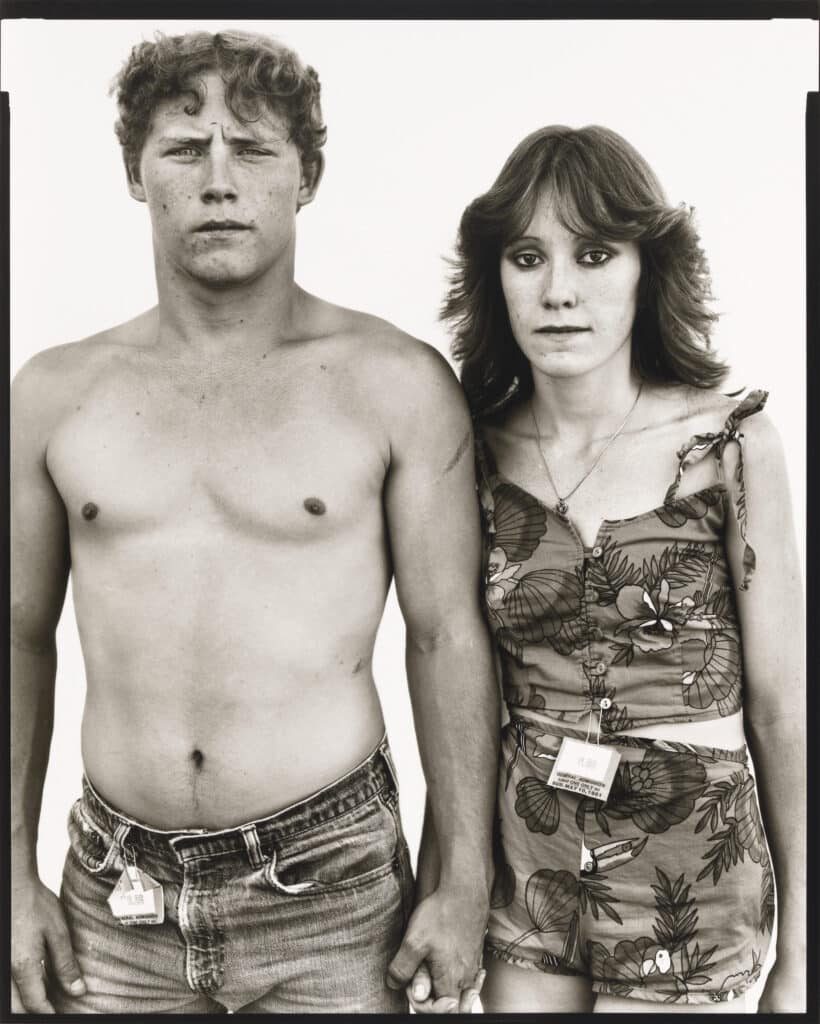Shrouded in mythos, majesty, and mystery, the American West has become a folkloric landscape rooted in a national obsession with individual exceptionalism. Here, bootstrappers, prospectors, explorers, outlaws, lawmen, settlers, and colonizers fueled fantasies of rugged heroism along the wild frontier, daring to risk it all for that opportunity to make their fortune on historically Native lands.
The image of the “Old West” was forged in the decades immediately following the Civil War, as a cadre of publishers, performers, and emerging filmmakers drew upon the legendary exploits of Billy the Kid, Jesse James, and Buffalo Bill to craft romantic tales of adventure amidst a dangerous landscape replete with “savages.”
The genre known as the “Western” quickly became the bedrock of American identity as the nation hurdled into the rapidly industrializing 20th century, evoking a nostalgic sense of longing for a time that never was. With the explosion of music, fashion, television and comic books, pop culture forged a profound sense of devotion among the youth, who embraced the consumer-driven archetype exemplified by the Marlboro Man.
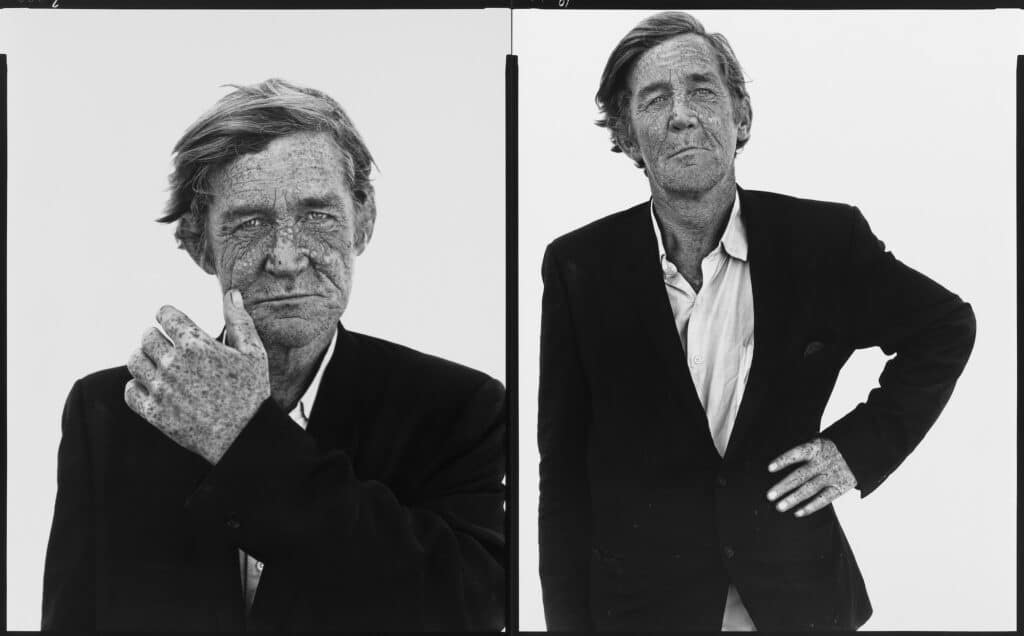
But the truth about the West was far more complex than consumerism lead many to believe. During the spring of 1979, photographer Richard Avedon arrived in Texas to embark on a series of portraits of the American West for the Amon Carter Museum of American Art. Every summer from 1979 to 1984, Avedon returned to the West, visiting ranches, rodeos, jails, truck stops, mines, slaughterhouses, mental hospitals, and stockyards.
Over the course of five and a half years, Avedon conducted 752 sittings of the people he met in 189 towns in 17 states and Canada, keeping meticulous records of their names, locations, dates, and often occupation. In classic Avedon fashion, each person posed against a sheet of white paper in natural light so that all trappings of context were stripped from the frame.
What remained was the figure, revealing themselves exclusively through expression, gesture, and posture, as well as cultural signifiers like fashion and beauty. “A portrait is not a likeness,” Avedon explained. “The moment an emotion or fact is transformed into a photograph, it is no longer fact but opinion.”
“This is a fictional West”
In 1985, the Carter premiered Richard Avedon: In the American West, a touring exhibition of 124 portraits from the series, creating a space for deeper reflection and investigation of a mythic archetype built on the fraught relationship between the individual and the collective in American life.
“This is a fictional West,” Richard Avedon said about his fabled series. “I don’t think the West of these portraits is any more conclusive than the West of John Wayne.”
Like the great Western novelists, filmmakers, performers, and movie stars, Avedon understood that art created a space to uphold, question, or unpack the construction of gilded notions of “Americanness.” Avedon’s interpretation is rooted in intricate blend of opinion and idealism manifest through process and technique. The result is as deceptively simple and straightforward as the photographs themselves.
“In the American West is a complex work; it does many things, and one of the things it does is comment on that photograph,” famed Western novelist Larry McMurtry wrote in Texas Monthly in 1985. “Avedon shows us the people who might be living in those little houses, beside those mountains, beneath chat moon. They are not idealized, and seldom beautiful.”
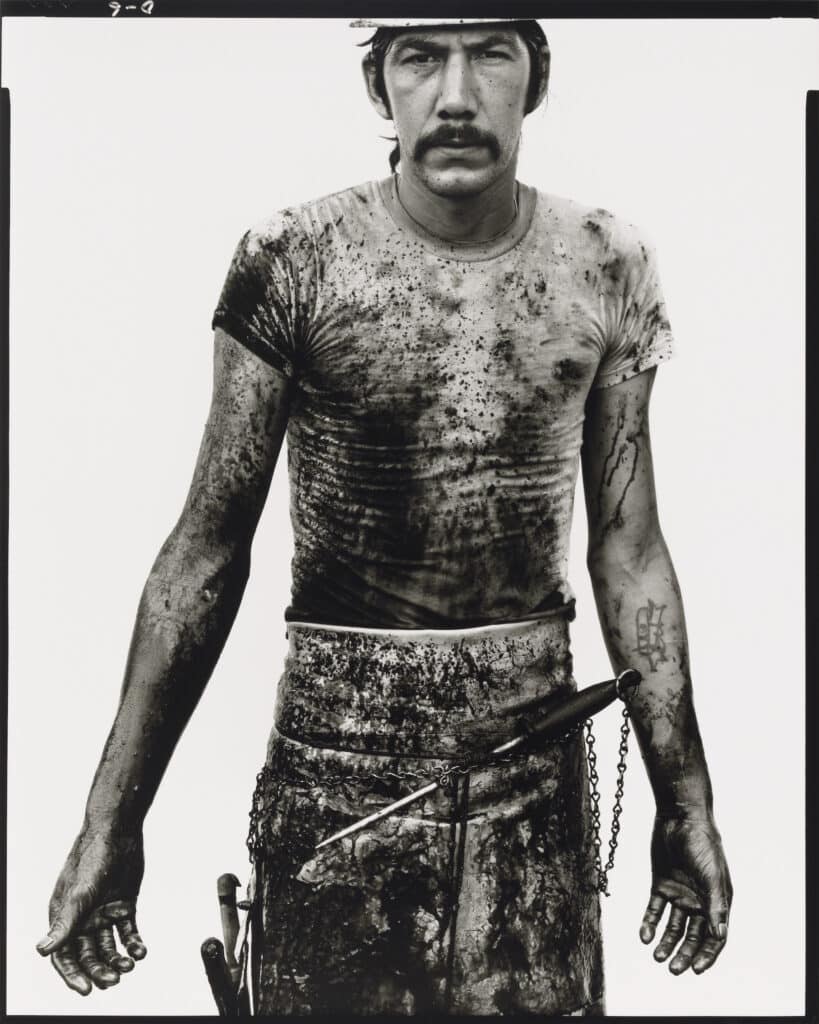
Now in celebration of Richard Avedon’s centennial, the Amon Carter Museum of American Art presents Avedon’s West, featuring 13 of the 124 original photographs from the landmark 1985 exhibition. With the passage of four decades, Avedon’s work reveals the deep schisms that exist between myth and history, which are often obscured the American compulsion to conflate the two, be it through stories or the images themselves.
But Avedon knew better, making it abundantly clear that appearances can be deceptive to those who seek truth in the surface, rather than the depths. “Portraiture is performance,” he said. “I trust performances. Stripping them away doesn’t necessarily get you closer to anything.”
Avedon’s West is on view through October 1, 2023, at the Amon Carter Museum of American Art in Fort Worth, Texas.
